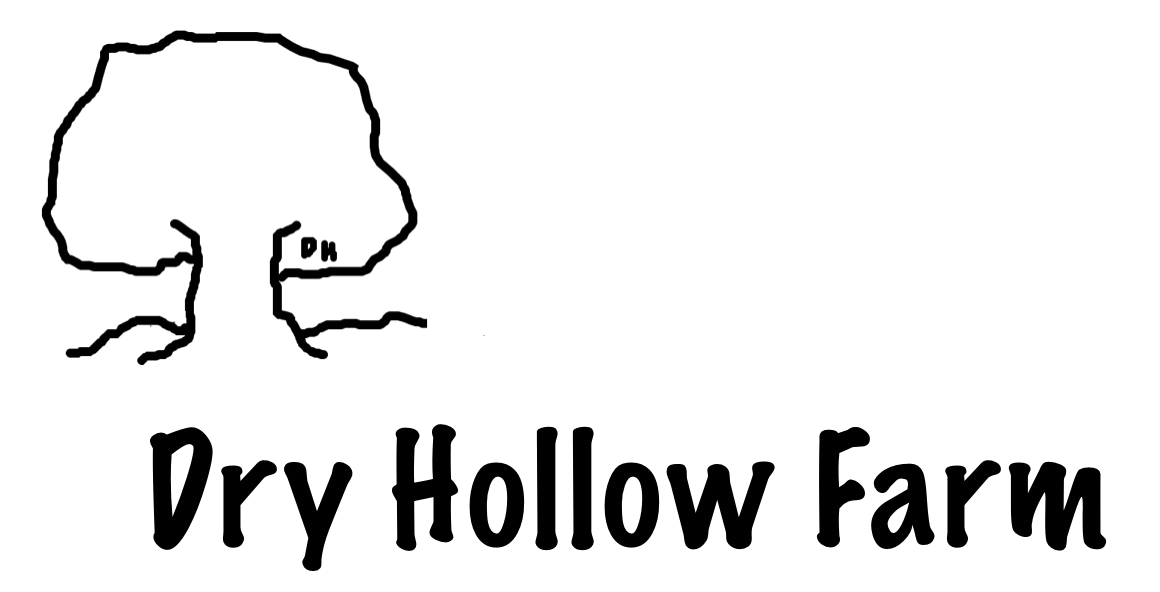Summer Rotational Grazing
There are a number of factors that determine when we move all or part of our goat herd from one pasture to another. Rotational grazing is an important part of parasite control as well as promoting the vegetaion our goats best like to consume.
There are several factors that influence when and where we move our herds during the summer months:
#1 We regularly assess the level of pasture grass and availability of wooded vegetation. When goats eat close to the ground, they are more likely to ingest parasites. For example, this summer began with a prolonged dry spell that impeded pasture growth. We watched as the pasture grasses remained stunted and began turning brown. After adding the lack of vegetation in the understory of the attached woods, we decided to begin moving the goats to other areas.
We will probably wait until late fall to bring the herd back to this primary pasture that links to the barn and borders our country road (much to the sadness of our frequent visitors who stop along the fence to pet the goats and give them snacks).
#2 In midsummer we begin the weaning process for any goat kids left on their mothers from our spring kidding season. These will go into a separate pasture area with a handful of adults we send along as minders. This summer, they are residing in a pasture below the house where we can keep a close eye on them that is one acre open, two acre woods. For the first few weeks, we keep the gate to the woods closed until they are well acclimated to the area.
#3 At the beginning of August our thoughts turn to Fall breeding which will begin sometime this month if our breeding buck has access to the does. We divide the herd based upon who is breeding whom. Generally we separate sires from breeding their direct offspring in order to diversify our genetics. We also limit access to Spring does, though this approach is debated among goat owners.
#4 We prefer to have the majority of our herd, once bred, in the main pasture behind the barn where the goats will have access to multiple enclosures once the weather turns cold and rainy. Goats do not like rain, ice, or snow, and need adequate shelter for the winter months. Ours still have access to over four acres of roaming area, but can easily return to the protected barn at a moment’s notice.
#5 We hope to prolong pasture and wooded grazing as long as possible into late fall and early winter. Why? So that we can minimize hay purchasing for the remaining winter and early spring months. Rotational grazing allows more vegetation over the period of the calendar year and reduces the amount of hay needed for winter.
Dr. Kathryn Bush owns and operates Dry Hollow Farm, a working goat and sheep farm in Huntingdon, Tennessee. Together with her husband, Russell, she creates skincare products from their fresh goat milk, grows organic herbs, welcomes visitors to their two cabins on the farm (available for stays through Airbnb), keeps the farm’s on-site soap shop stocked with their handcrafted products, and enjoys working the farm in company with their Great Pyrenees dogs (who work hard guarding the animals). Check out their natural products featuring farm-grown ingredients here, and sign up for the Dry Hollow Farm newsletter to stay in touch and be the first to hear about farm news, events, and new products.

